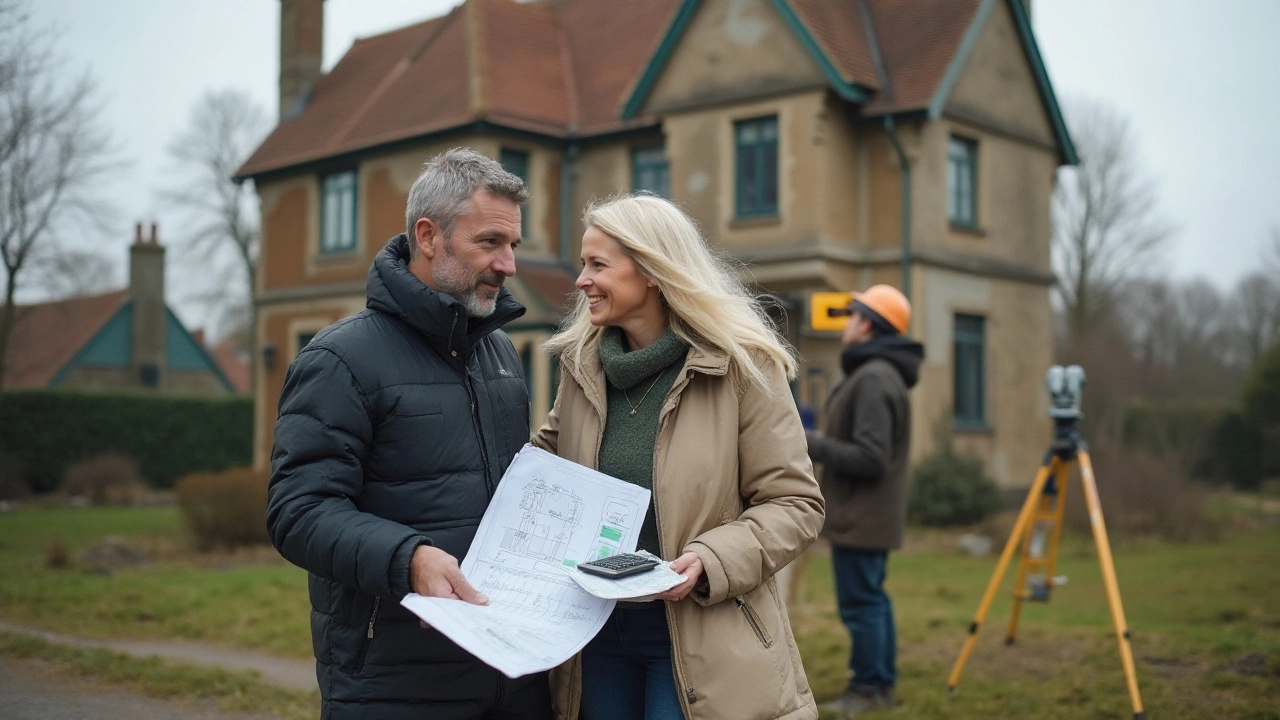Property Investment Guide: Smart Building Choices & Cost Tips
If you’re looking to grow your money through property, the right building decisions can make or break your returns. Below, we break down the biggest factors you should check before you put cash into a project. No jargon, just clear steps you can act on today.
New Build vs Existing – Which Gives Better Value?
New builds often promise low maintenance, modern layouts and energy efficiency. That’s great, but you pay a premium for the developer’s margin. Look for a builder who offers a transparent warranty and a realistic timeline. If the project is still in the planning stage, ask for the soil report and any expected cracking patterns – early signs of foundation trouble can cost thousands later.
Older properties can be cheap on the price tag, but you’ll need to budget for hidden issues like cracked foundations or outdated plumbing. A quick visual check for horizontal cracks or uneven floors can flag a bigger problem. When you spot these, get a professional assessment before you sign any contract.
Commercial or Residential – Know the Cost Differences
Commercial projects usually need stronger floors, higher fire ratings and more permits – all of which push up the price per square foot. Residential builds are lighter on regulation, but you’ll still face costs for roofs, walls and interior finishes. Use a simple spreadsheet: list the major line items (site prep, foundation, superstructure, finishes, services) and compare the total for each type. The numbers will show you where your money goes.
Don’t forget licensing. If you’re planning a commercial venture, you’ll need a commercial licence. Skipping this step can lead to fines or forced shutdowns, which wipes out any profit.
Finally, think about long‑term cash flow. Commercial leases often bring higher rent, but they also require more maintenance and can sit vacant longer. Residential units turn over faster, but rent growth is usually slower. Balance your risk appetite with the numbers you’ve crunched.
In short, a smart property investor checks the build type, inspects foundation health, understands licence needs and runs a clear cost comparison. Follow these steps, and you’ll improve your odds of a solid return.


